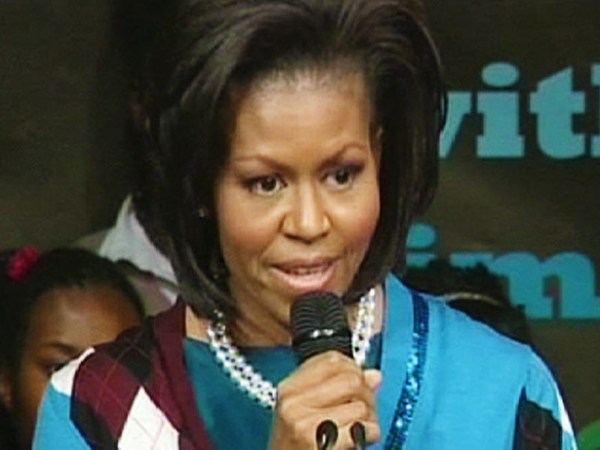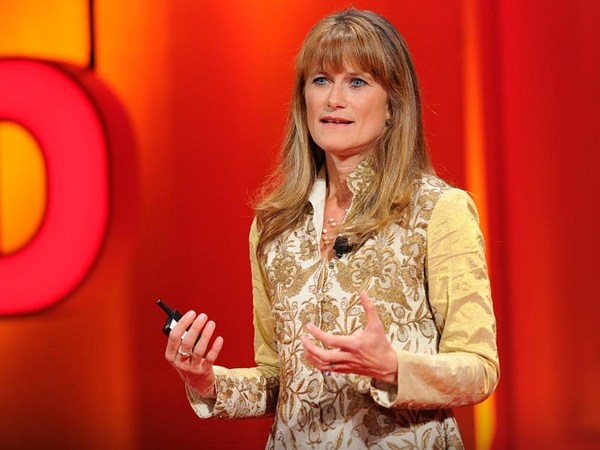(Video) Marjana: That is the best feeling ever. Alexis Krauss: Meet Marjana. I first met Marjana at Central Park East High School. She was in 12th grade and was sitting in an environmental science classroom, politely listening to me and my Kinship Climbing Collective cofounders pitch her and her classmates on rock climbing. Marjana had never rock climbed before, but she was intrigued. Since it was her senior year, she was searching for an activity to provide her some respite from the stress of the college admissions process. And rock climbing seemed like the perfect distraction. Over the next few months, I’d meet Marjana and nine other students outside of their school and take the subway with them to a rock climbing gym in Queens. Marjana barely made it off the ground her first time, climbing on a rope. But as the sessions progressed, she got stronger and more determined. At the end of the school year, we took our small but mighty cohort of high schoolers to the Shawangunk Mountains to climb outside. What I witnessed changed my life. I saw Marjana, Marwa and Tamina, who had all moved to New York City from rural villages in Bangladesh, begin to deeply reconnect with nature. They closed their eyes, taking in the sweet smell of the fresh morning air and exclaimed with joy that being here reminded them of when they used to run around barefoot and climb trees back home. Since moving to the Bronx, the peace of nature had felt far away. On the rocks, they were captivated. I watched them transform and begin to witness themselves accomplishing things they hadn’t thought were possible. They had never seen anyone else like them in this space before. But now that they were here, they weren't going away. They wanted to come back to the cliffs and the woods, the mountain creeks and the meadows. They wanted to climb. They wanted to adventure, and they wanted to connect. I knew we had to create more opportunities for them to continue to rise outside. Over my ten years of working with young people in the outdoors, I’ve personally witnessed the transformative power of nature connection. I’ve seen students like Marjana literally change the narrative of what’s possible for women in her family and her community by scaling 300-foot climbing walls. Her commitment to creating equitable and inclusive spaces for Muslim women in the outdoors has led her to collaborating with outdoor brands on activewear hijabs, running her university climbing club, and sharing her experiences on panels, podcasts and film festival stages. I’ve seen little Deanna and Monifa transform from shy ninth graders to outdoor expedition leaders, climbing instructors and surfers. I’ve seen little Sora persevere despite her fear and frustration, and light her very first friction fire. I’ve seen Nicholas tap out his first boulder in Central Park and just weeks later, teach his little brother Lukey how to rock climb in front of his dad as his eyes welled with pride. I’ve seen Kristin work through her anxiety and self-doubt by surfing waves and climbing mountains. Inspired by her mentors and outdoor communities, she’s become an advocate for body positivity and mental health. I’ve seen Emanuela rappel off cliffs, organize Bronx bike rides and guide her peers along the Appalachian Trail. None of these moments of empowerment through nature connection would have been possible without creating an infrastructure to address the inequities that exist and persist in the outdoors. Mountains, oceans and forests should be places for everyone. But sadly, many communities are underrepresented in these spaces. I think it’s important to note that in many indigenous languages there isn’t even a word for nature. As a Lakota elder, Tiokasin Ghosthorse described to me, there is no word for nature in their language because there is no distinction between people and nature. If people and nature are the same, then it's no surprise that nature deprivation has negative impacts on humanity. There is an unequal distribution of nature in America. This nature gap results in people of color, families with children and low-income communities being deprived of the benefits that nature provides. These disparities are especially concerning because in the words of a 2020 report by the Center of American Progress, quote: “Nature is not an amenity but a necessity for everyone’s health and well being.” In communities in the United States, where human activity has destroyed the most nature, there are fewer trees to filter the air and provide shade on a hot day. There are fewer wetlands and marshes to clean the water and protect communities from floods and storm surges. There are fewer parks where children can grow their curiosity, and there are fewer trails where adults can stretch their legs. And there are fewer public spaces where people of all races, cultures and backgrounds can forge the common experiences and understandings that build respect, trust and solidarity. Despite our idealization of wild places, the history of green spaces and public lands in the United States is rooted in the violent dispossession of native Americans from their lands, and in the systematic segregation of people of color. You can’t talk about access to the outdoors without addressing our history of violence, colonialism, erasure, racism, criminalization and exclusion. On the stolen lands of the Lenape people, where I do most of my teaching, communities of color are three times more likely than white communities to live in nature-deprived places. 70% of low-income communities across the country live in nature-deprived areas. Why does this matter? Nature deprivation has consequences. According to the CAP report, nature-deprived communities are shouldering more of the impacts of nature destruction and are receiving less of nature’s benefits such as air and water purification, climate mitigation, biodiversity and disease control and opportunities for leisure and recreation. So, how do we counter nature deprivation? Obviously, this is a huge question, and I could make a million policy recommendations, but I’m not here to do that today. All I’m here to do is motivate you all to spend more time countering nature deprivation with nature connection. Let’s end the childhood nature access gap through education and outreach. So what does nature connection look like? You don’t have to be a rock climbing guide or a survival skills expert or a professional outdoor educator to provide powerful moments of nature connection and appreciation. Make an impact by organizing a walk through a local park, an outdoor meditation, a bird-watching session or a bike ride. Connect with the incredible organizations all over the country, building partnerships between public schools, community-based organizations and youth groups. Get involved. Volunteer. Mentor or be mentored. Spending time outside is not only beneficial to a child’s development but it’s crucial in the formation of a lifelong appreciation of nature. Our mentees have become guides in training and outdoor educators themselves. They attend climate marches and have gone into scientific research. They run trail and beach cleanups. They educate their peers on ″leave no trace″ principles. We know that spending time outside improves mental health outcomes for young people. We know that time outdoors reduces stress and anxiety, makes us happier, healthier and more creative. When young people fall in love with the natural world, they want to protect it. Countering nature deprivation with nature connection is one of the most powerful tools we have to create the next generation of planetary stewards. Here is that generation and how they feel spending time outside. Maryam says, ″When I spend time in nature, I feel calm and relieved. The air smells fresher, and there isn’t any pressure.″ Kristen says, ″Nature makes me feel free and connected with living things aside from human beings. Whenever I’m outside or in the woods, I feel like I can breathe more easily. It is also one of the few things that has yet to judge me and accepts me for me.” Deanna says, ″When I spend time in nature, I feel at peace. It’s like a safe haven. It’s a good escape from my problems. We could all use more time in nature to escape the overwhelming troubles bombarding both our personal lives and our planet.″ My challenge to you, is to harness that nourishing time outside to create opportunities for healing, action and connection. The health of our young people and our Mother Earth depend on it. Thank you for listening, and I hope to see you all outside. (Applause) (Cheering)

